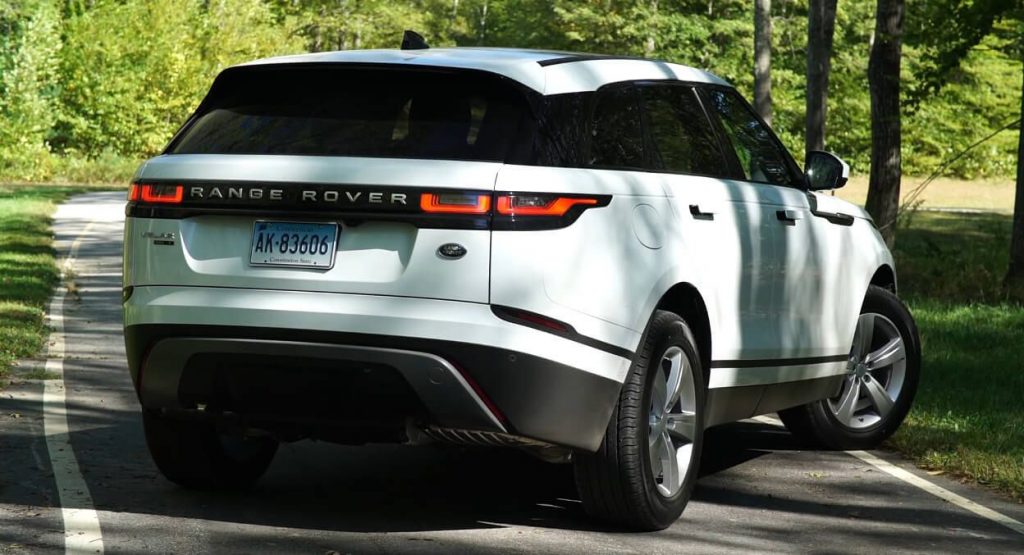Land Rover filled the gap between the Evoque and the Range Rover Sport last year by launching the new Velar.
Based upon the same aluminum architecture as the Jaguar F-Pace and XF, the SUV goes up against the Mercedes-Benz GLC Coupe, BMW X4 and Porsche Macan.
It has a clean and modern design, similar to the brand’s latest vehicles, and some high-tech features, such as the pop-out door handles. This makes it more like a Tesla Model S than an off-roader, something the British automaker is famous for, according to Consumer Reports’ review.
The cabin is nicely designed, too. Everything is modern and feels well made, and Land Rover went the extra mile to add not one, but two touchscreen displays. The upper one is used to access the navigation, sound system, and phone, and it’s not exactly intuitive, whereas the other controls the AC, driving modes and other functions.
Also Read: A 2018 Range Rover Velar 2.0 Turbo Joins Our Long-Term Test Fleet
On the move, the Range Rover Velar feels more like a sports sedan than an SUV. The ride is composed, seats are supportive and even the driving position is lower than in other vehicles made by Land Rover.
The eight-speed auto that comes standard with the 247hp (251PS / 184kW) 2.0-liter engine in the SE trim tested by CR shifts smoothly, but customers can also opt for the 3.0-liter V6, with 380hp (385PS / 283kW). And there’s a 2.0-liter diesel option, too, rated at 180hp (183PS / 134kW), which starts from $56,200.
Speaking about the price, the base Velar costs at least $49,900, and that’s without destination and handling charges. Going for the SE grade will set you back for a minimum of $60,100 with the four-banger gasoline unit and $61,600 with the diesel, whereas the R-Dynamic HSE is a hefty $77,100.



